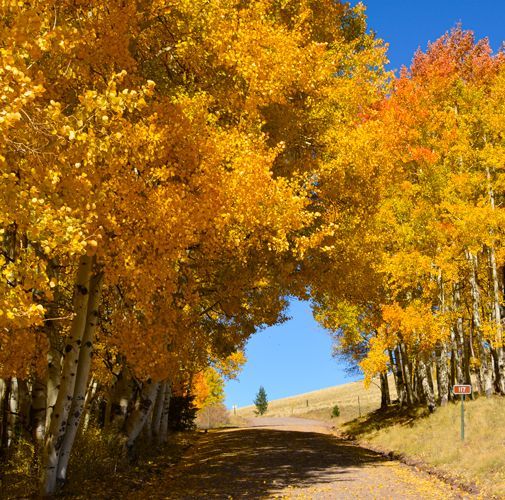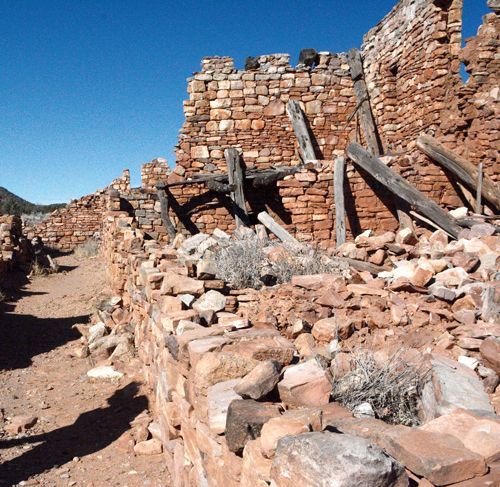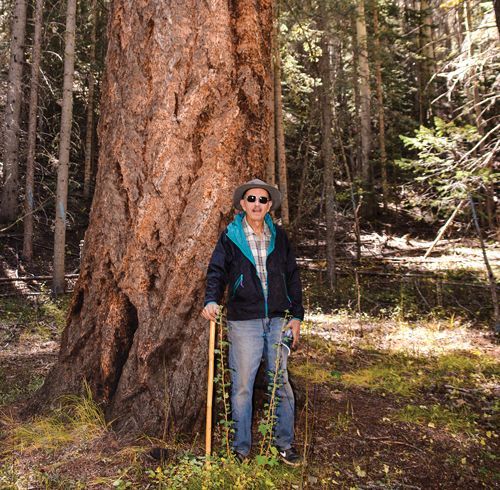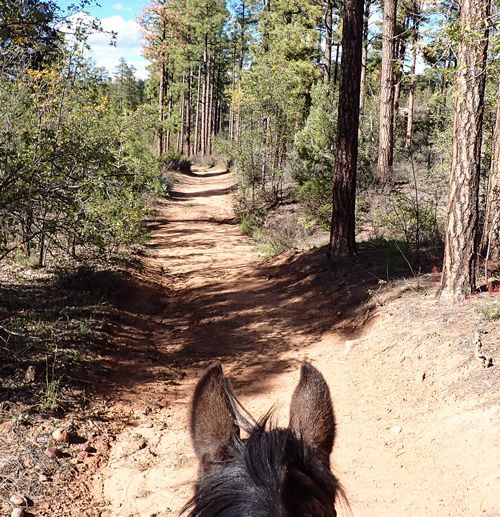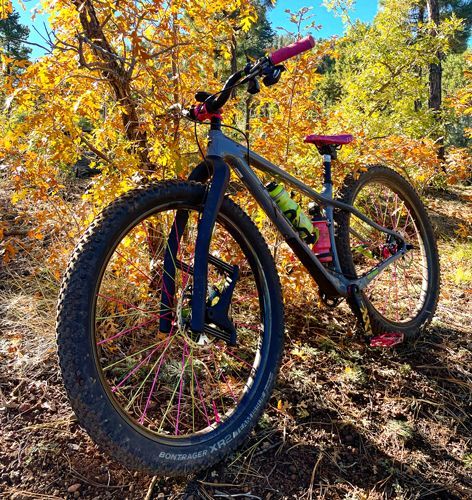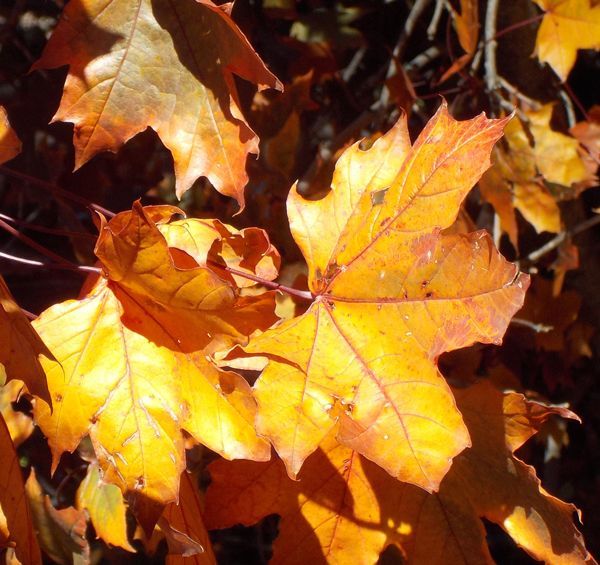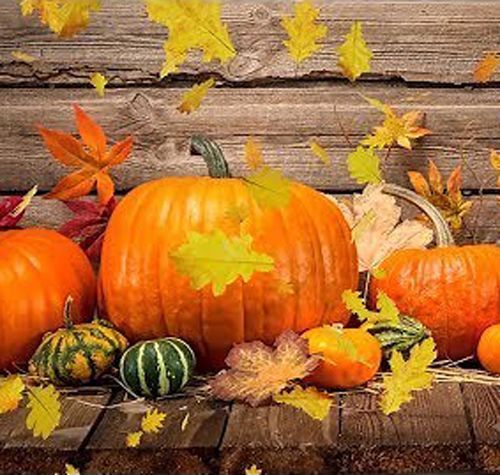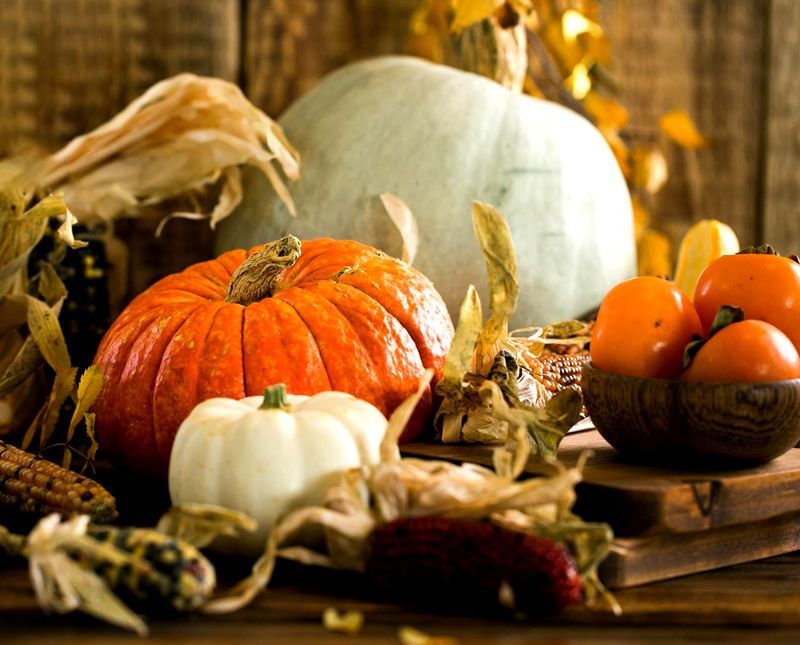Trekking in snow with snowshoes

Photos & text
by Carol Godwin, Cycle Mania
Snow is buffer against the normality of the daily forest experience. Snow covers the dirt, hides fallen leaves and branches, disguises familiar shapes and reveals the comings and goings of forest creatures through their trackways. Falling snow creates a silent curtain which blocks far away sounds and fresh powder silences footfalls and makes us feel the magic of the whispering flakes.
One way to get out and experience a new snowfall is by taking a trek on snowshoes. If you’ve never tried snowshoeing, it’s something worth giving a chance if you live in snow country. Flat, solid leather or wooden snowshoes have been found from about 6000 BC in Asia, but the first webbed snowshoes are thought to have originated among Native Americans. Nearly every Native American culture living in snow country developed their own specialized form of webbed snowshoes. These snowshoes varied in geometry from wide and short to narrow and nearly six feet long depending on terrain, density of the forest, snow composition and intended use. Most followed a similar design of using a flexible wooden frame and a webbed lattice surface made of leather straps. Snowshoes were essential for winter travel and hunting. Europeans who arrived in America, adopted these snowshoes and modified them for use in battle and for long distance exploration and fur trapping. Modern snowshoes are generally shorter and more teardrop shaped than the traditional shoes and are commonly used more for recreation than travel.
Modern snowshoes are generally made from a plastic or aluminum tubing frame with synthetic lattice or plastic supports and often have a rotating cleated footbed to allow for more efficient traction and more natural walking feel. Crampon teeth at the boot toe and sides of the shoe give better grip on icy surfaces. Snowshoes are easily and firmly strapped to virtually any shoe but warm, hard-soled boots are the most comfortable and effective footware.
When choosing a shoe, take into consideration both the intended purpose of the shoe and the weight of the user. The general recommended formula for shoe size is at least one square inch of surface area for each pound of body weight, including boot, clothing and pack weight. Larger surface area shoes are needed in lose powdery snow and more aggressive crampons are useful in more packed, icy snow or when the shoes will be used in hilly terrain.
Walking in snowshoes takes a bit of getting used to so that you don’t end up stepping on one shoe with the other but with a little practice, you’ll be sailing along at a pretty good pace, covering much more ground traveling over the snow than you would when trying to plow through the it in boots. Trekking poles are essential and provide both lateral support and forward power, making snowshoeing a full body workout. Snowshoeing in fresh powder can give you the surreal feeling of floating silently through the woods, while snowshoeing in an area with crusted snow can be loud enough to scare animals away within a large radius!
The best snow for snowshoeing is light snow having fallen on top of a partially refrozen base layer, preferably six to eight inches in depth. Traveling on snowshoes lets you get out and enjoy winter in one more way. I’ve found that you tend to burn many more calories than you would when hiking the same trail when dry so you need to be careful of dressing too warmly. Dress in layers that can be easily removed and carried with you. It can be very dangerous to allow yourself to soak your clothing with sweat so monitor and regulate your temperature as you go. Take along snacks and plan your route so that you don’t get out too far until you get the rhythm and technique of walking naturally in the shoes. Plan on about half the mileage and 50% more time than you’d plan for if hiking on dry ground.
I love snowshoeing because it provides variety in my daily walks, lets me get out and explore the beauty of a fresh snowfall and see new tracks of nighttime animals and is just plain great exercise. The cleats on my shoes give me exponentially more confidence moving in loose or icy snow as it is nearly impossible to slip or slide no matter the pitch of the trail or cross country slope. Snowshoe tracks on fresh snow make me feel like I’m exploring a brand new, untouched area even if it’s the same path I travel daily. Hiking a familiar path on snowshoes breaks the trail and speeds up the ability for the trail to melt clear and lets you hike or bike it earlier as the snow recedes. As always, happy exploring! Love our White Mountain home and appreciate every season. Alway something new, wonderful and exciting if you allow yourself to experience it to the fullest.



